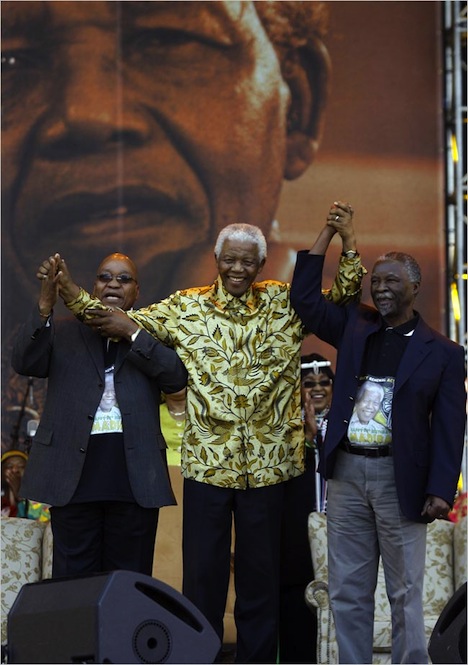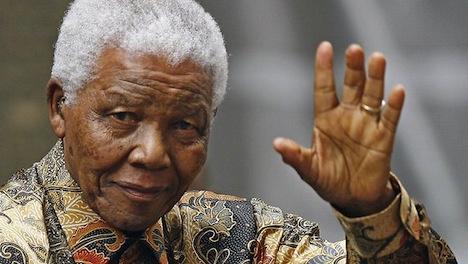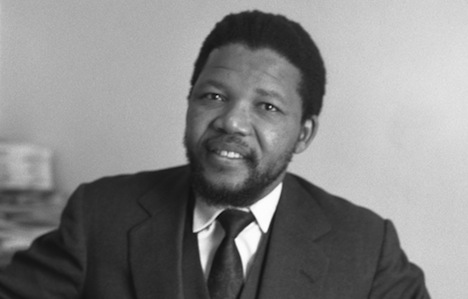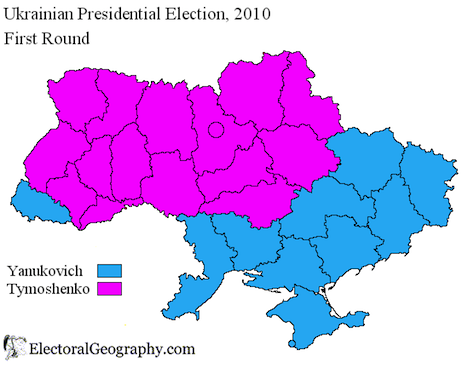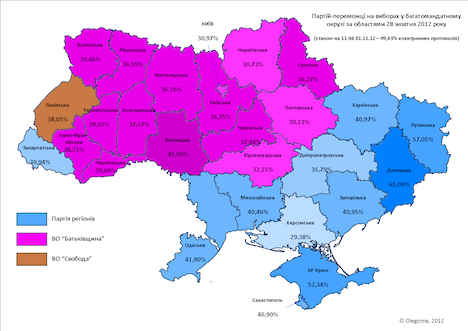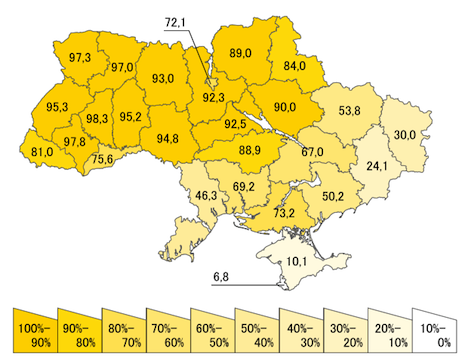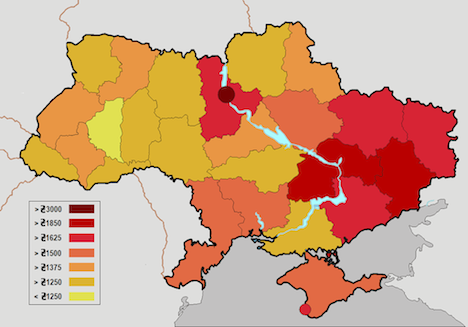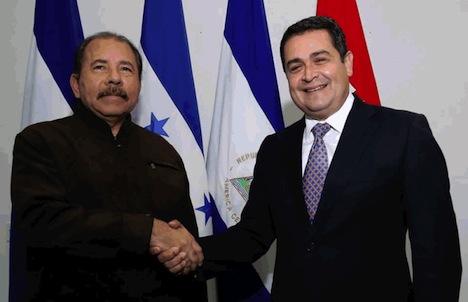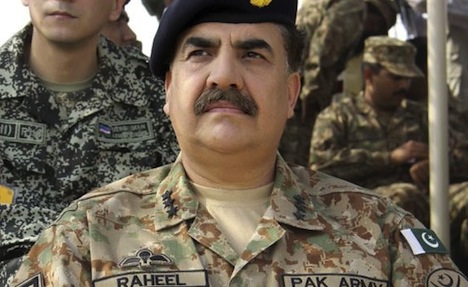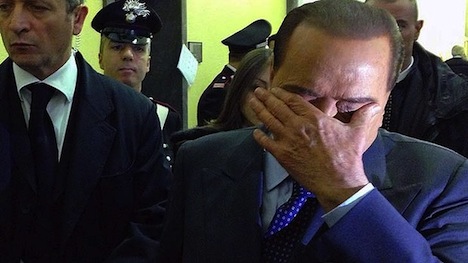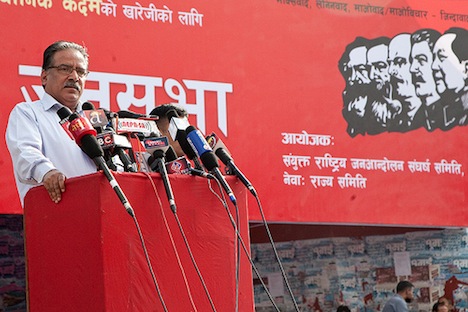TEGUCIGALPA, Honduras – The June 2009 coup that ousted Manuel ‘Mel’ Zelaya from office was the first 3 a.m. call of U.S. president Barack Obama’s administration. ![]()
![]()
While Obama and Hillary Clinton, then the U.S. secretary of state, condemned the coup and the interim government’s refusal to reinstate Zelaya, the United States returned to business as usual with the election of Porfirio Lobo Sosa later that year, and U.S.-Honduran cooperation, especially militarily, has been on the rise during the Lobo Sosa administration. As Juan Orlando Hernández prepares to assume the Honduran presidency — like Lobo Sosa, he comes from the conservative Partido Nacional (PN, National Party), it also likely means continuity in US policy toward Honduras, specifically, and Central America, generally.
But should it?
Though the votes aren’t even fully counted, and there are real questions about the November 24 election’s fairness, it’s hard to believe that U.S. policymakers are too upset about the apparent defeat of Xiomara Castro de Zelaya, the wife of the former president, and the leader of the newly formed LIBRE, which would have pulled Honduras in a more leftist direction – and toward closer contact with Venezuela, Ecuador and Bolivia, each of whom have challenged U.S. influence in Latin America.
There’s another risk that the Obama administration’s Central American policy could be causing more harm than good by ‘feeding the beast’ of corruption among police officers and impunity among drug traffickers, the very things that U.S. aid to Honduras is ostensibly designed to combat.
With three more upcoming elections in Central America over the next six months, it’s a particularly relevant opportunity for the Obama administration to review its policy in the region. Guatemala’s conservative president Otto Pérez Molina came to power early last year, promptly declared the ‘war on drugs’ a failure, and issued a powerful call to legalize drug use. Even Felipe Calderón, who militarized the Mexican fight against drug traffickers in the late 2000s, has argued that legalization might be the most effective policy weapon in combatting drug-related violence in Latin America.
Even as some libertarian Republicans in the United States increasingly believe that the four-decade ‘war on drugs’ is a failure at home, it’s easy to underestimate the damage that war has wrought in Latin America, with North American demand fueling an illicit drug supply, together with subsequent US-sponsored military efforts throughout the region, that have destabilized entire countries – Colombia in the 1990s, Mexico in the 2000s and Honduras today. Research from Horace Bartilow and Kihong Eom, professors of political science at the University of Kentucky, finds that U.S. drug policies have caused greater levels of drug violence in Latin America. Even when countries are ‘successful’ in their supply-side fights against drug traffickers, demand dictates that the suppliers find new countries, establishing a vicious ‘bubble problem’ – success in one country means that a new chapter opens elsewhere as traffickers search out new bases for drug operations, a tragic game of ‘whack-a-mole’ on a hemispheric level.
It’s Central America’s turn, which now sources the vast majority of known cocaine shipments to the United States. In particular, traffickers found Honduras a particularly attractive target, in part due to the breakdown in the rule of law that resulted from the 2009 coup. Sadly, Honduras now boasts the world’s highest homicide rate, and has a thriving arms trafficking trade to match the drug trade. Continue reading How the Obama administration is failing Honduras — and Central America

